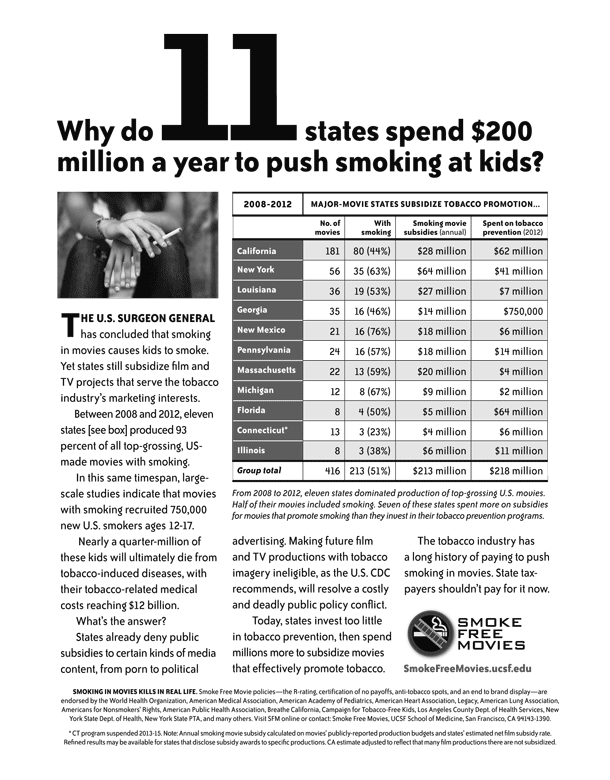January 23, 2014
Robert Stumberg, a Professor of Law at Georgetown University, recently published an excellent paper, "Safeguards for Tobacco Control: Options for the TPPA", in American Journal of Law & Medicine that walks readers though the technicalities of trade law and precedents in a way that clearly explains why the TransPacific Partnership Agreement that the Obama Administration is now negotiating with countries around the Pacific Rim will make it more difficult and expensive for countries to implement the FCTC and other tobacco control policies.
He clearly outlines how the complexity of the treaty will create litigation opportunities for the tobacco companies, who have a long history of using the threat of expensive litigation as a strategy for bullying countries (and states and localities and organizations and people). He also describes how some of the provisions that nominally would protect public health are written in ways that still leave important loopholes open for the tobacco companies by not covering all the different potential causes of action that the TPPA creates.
January 22, 2014
University of California, San Francisco
Assistant or Associate Professor Positions
UCSF has 3 positions available at the Assistant or Associate Professor level. The successful candidate will be expected to play an active role in activities related to the UCSF Helen Diller Family Comprehensive Cancer Center.
Basic qualifications: Candidate must hold a Doctorate degree (MD, PhD, DDS, DNSc, DrPH, or equivalent degree). Applicants with medical degree must be board eligible or certified in their respective specialty. (Board certification is required at the Associate Professor level.)
January 20, 2014
Wolfgang Schober and colleagues from the Bavarian Health and Safety Authority just published a nice study that measures indoor air pollution cased by e-cigarettes in a realistic environment in which they configured a room to be configured and ventilated like a cafe in which 3 people vaped e-cigarettes over a 2 hour period. They measure both air quality in the room as well as the presence of various chemicals in the people consuming the e-cigarettes.
In terms of air pollution, the found substantial increases in fine particles (mean of 197 mcgh/m3, compared to a mean of 6 mcg/m3 under control conditions when no one was vaping. They also found a 20% increase in carcinogenic polycyclic aromatic hydrocarbons.
They also found increased measures of inflammatory processes in the people using e-cigarettes, which could indicate lung irritation. (Increase levels of inflammation could also have effects on blood and blood vessels in ways that increase the risk of triggering a heart attack.)
Here is the abstract of the paper:
January 20, 2014
Last week the Surgeon General released his 2014 report, which reiterated the conclusion that smoking in movies caused youth smoking and that rating movies R for smoking would reduce youth smoking by 18%.
The Surgeon General also concluded that state tobacco control programs were effective in reducing smoking, but that states were not spending anything near what the CDC was recommending on these programs.
We are running an ad in State Legislatures next month that brings these two themes together by making the point that seven states are now spending more subsidizing movies that promote smoking to kids than they are spending fighting smoking.
Here is the ad, which is also available at http://www.smokefreemovies.ucsf.edu/ourads/ad_sfm96.htm:

January 20, 2014
In another Dilbert meets Kafka moment, the FDA, both directly and indirectly through NIH/NIDA, has been telling researches that they will are planning to require researchers to get an "Investigational New Drug" (IND) approval for any studies of e-cigarettes.
What this means is that, at the same time that the FDA is sitting quietly while e-cigarettes are being aggressively marketed, including with unsupported claims that they are effective smoking cessation aids (which allows, even in the current legal environment, to regulate them as drugs right now), and in the face of skyrocketing use by kids, the FDA is poised to throw up roadblocks to independent research on the effects of e-cigarettes.
Not only will this substantially slow down research, but it will limit the scope of what is studied. What we need is to understand the effects of e-cigarettes as used in the real world, not some highly stylized "research" e-cigarettes function.
